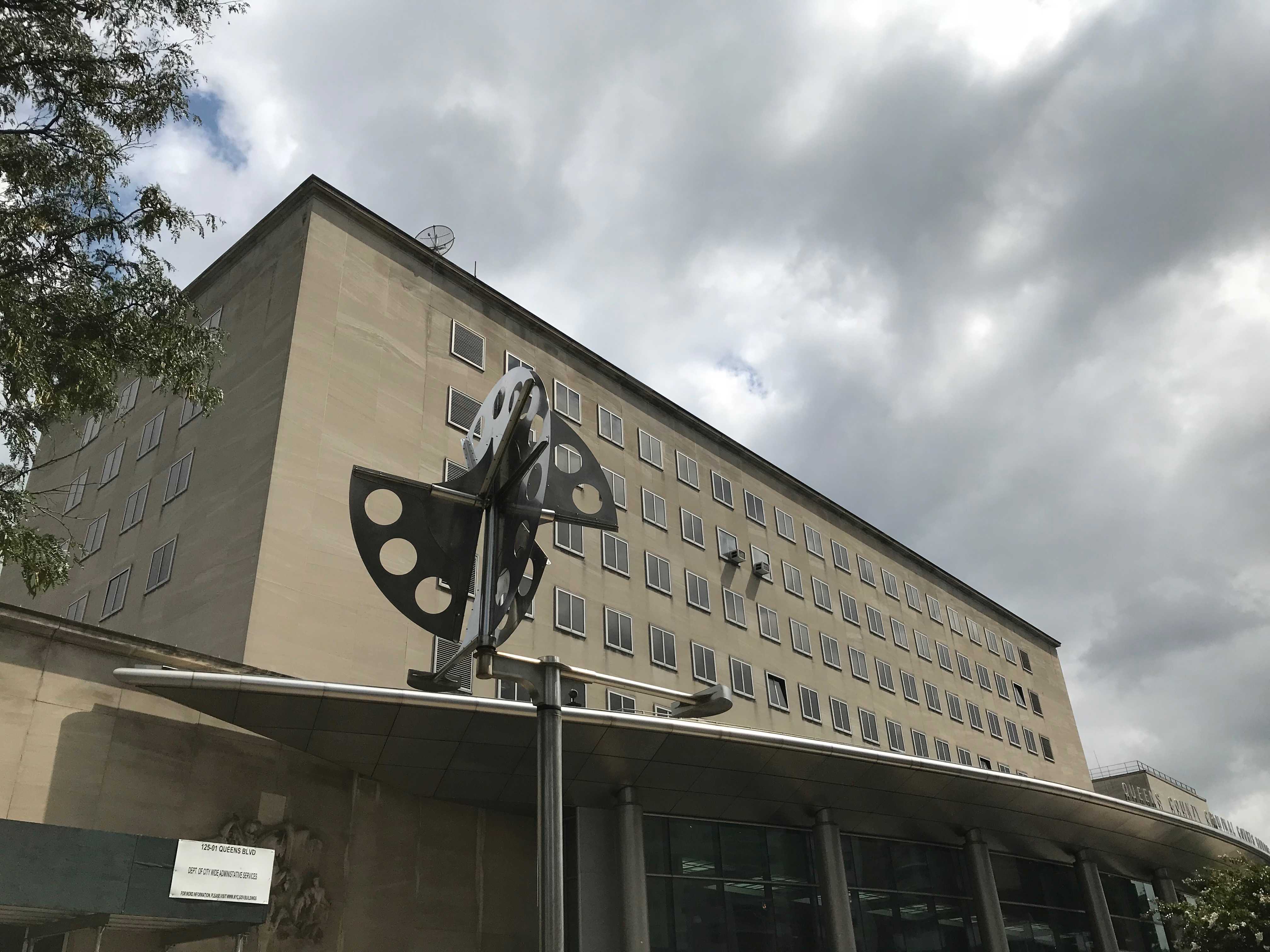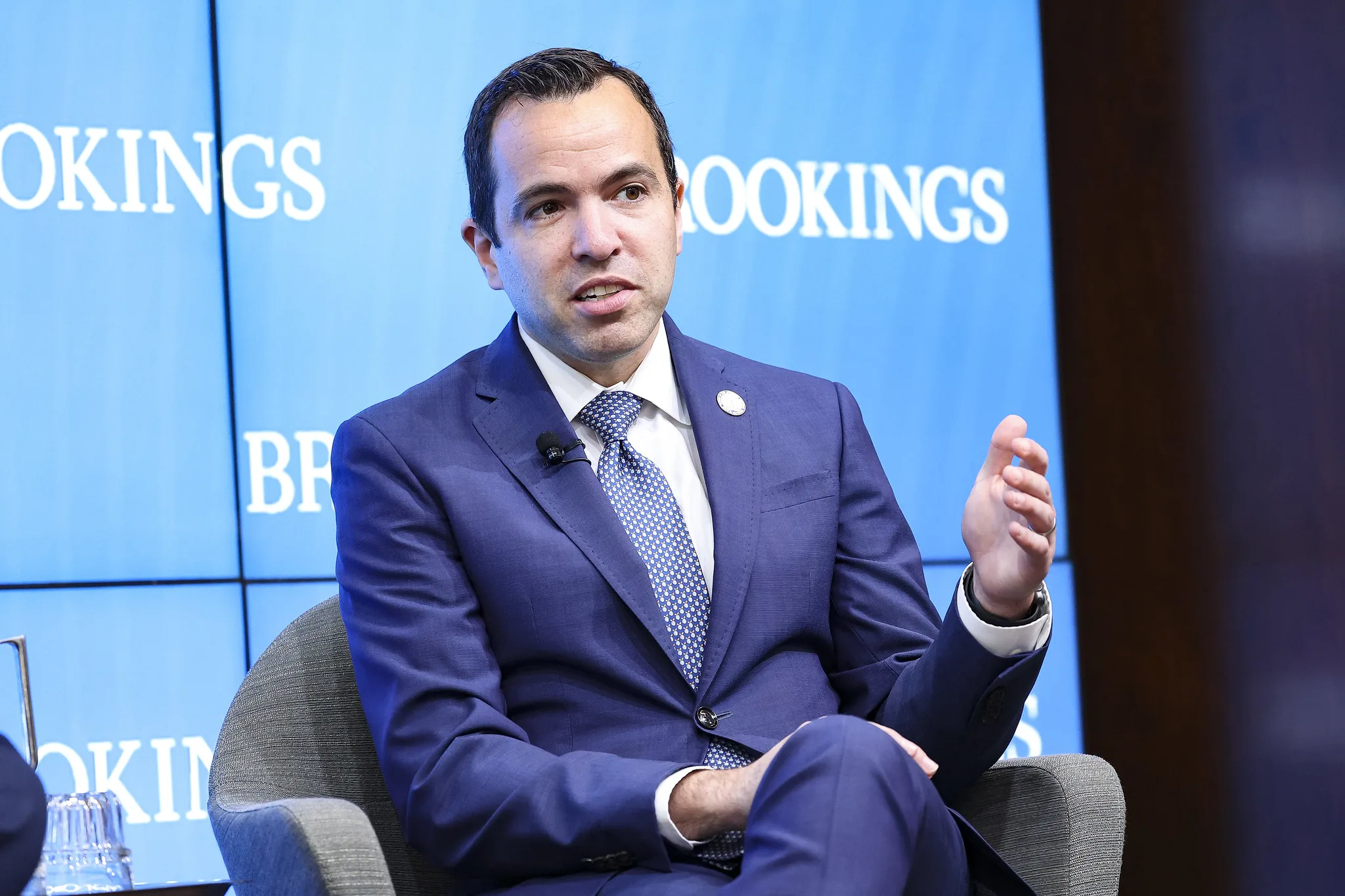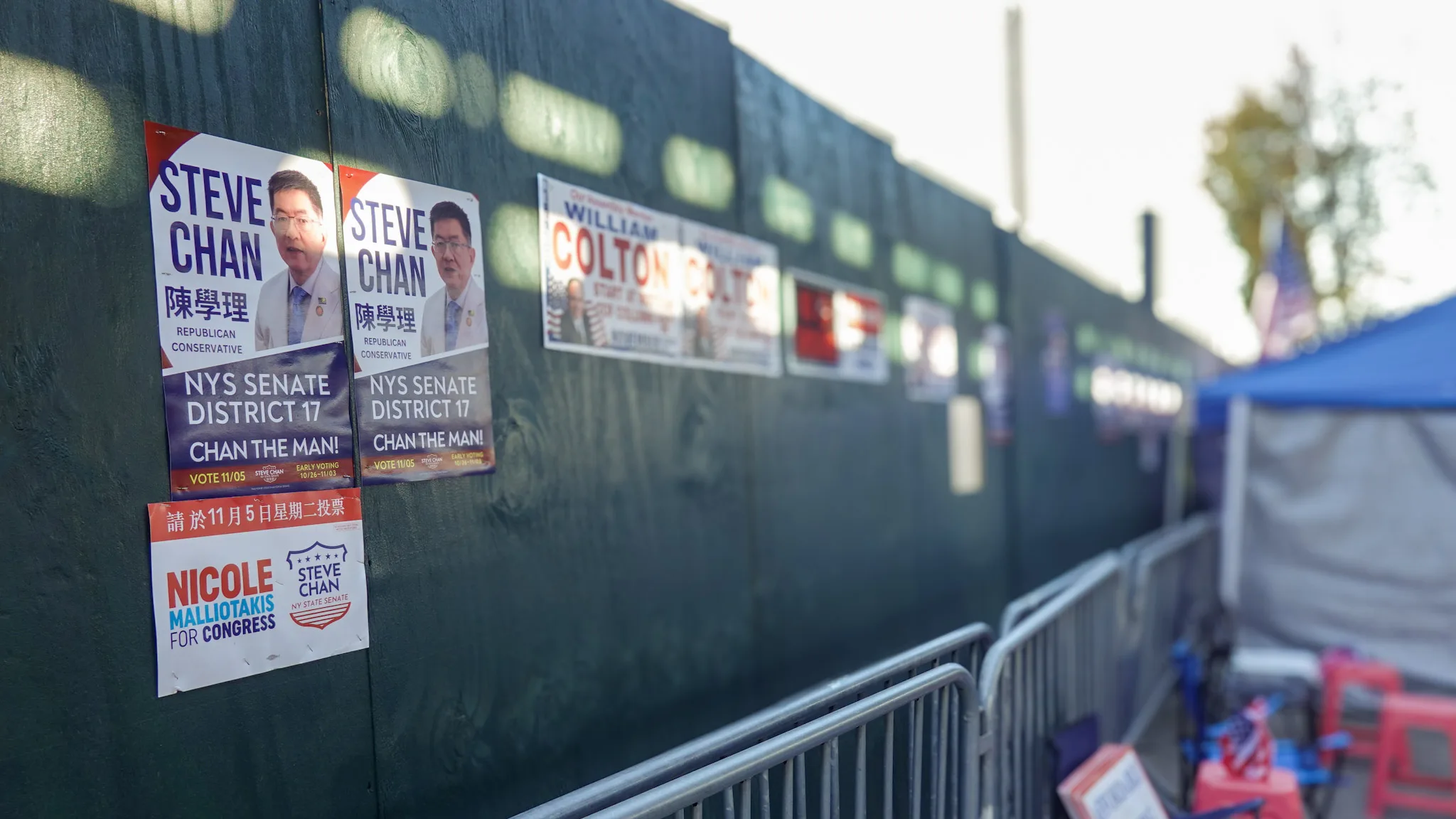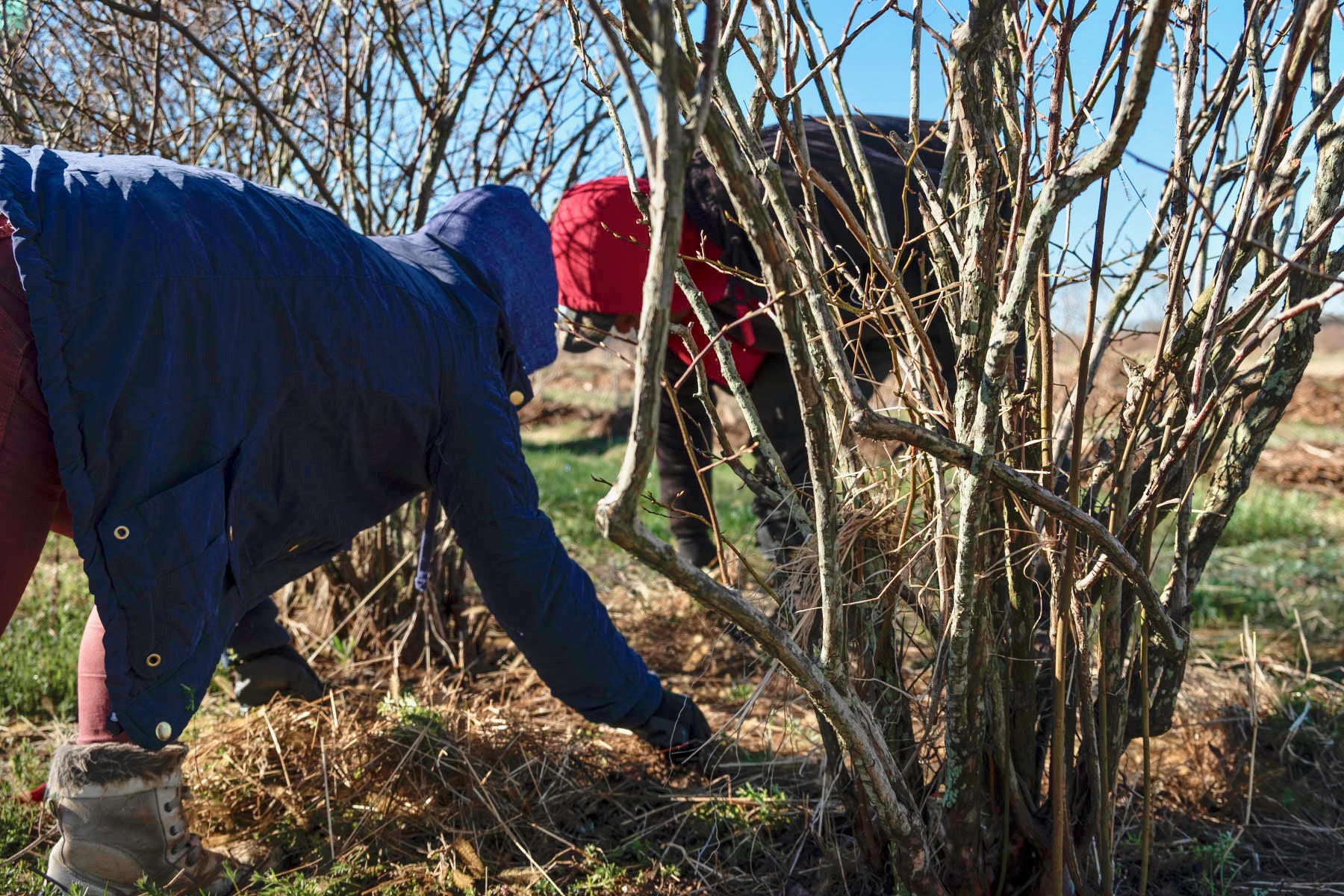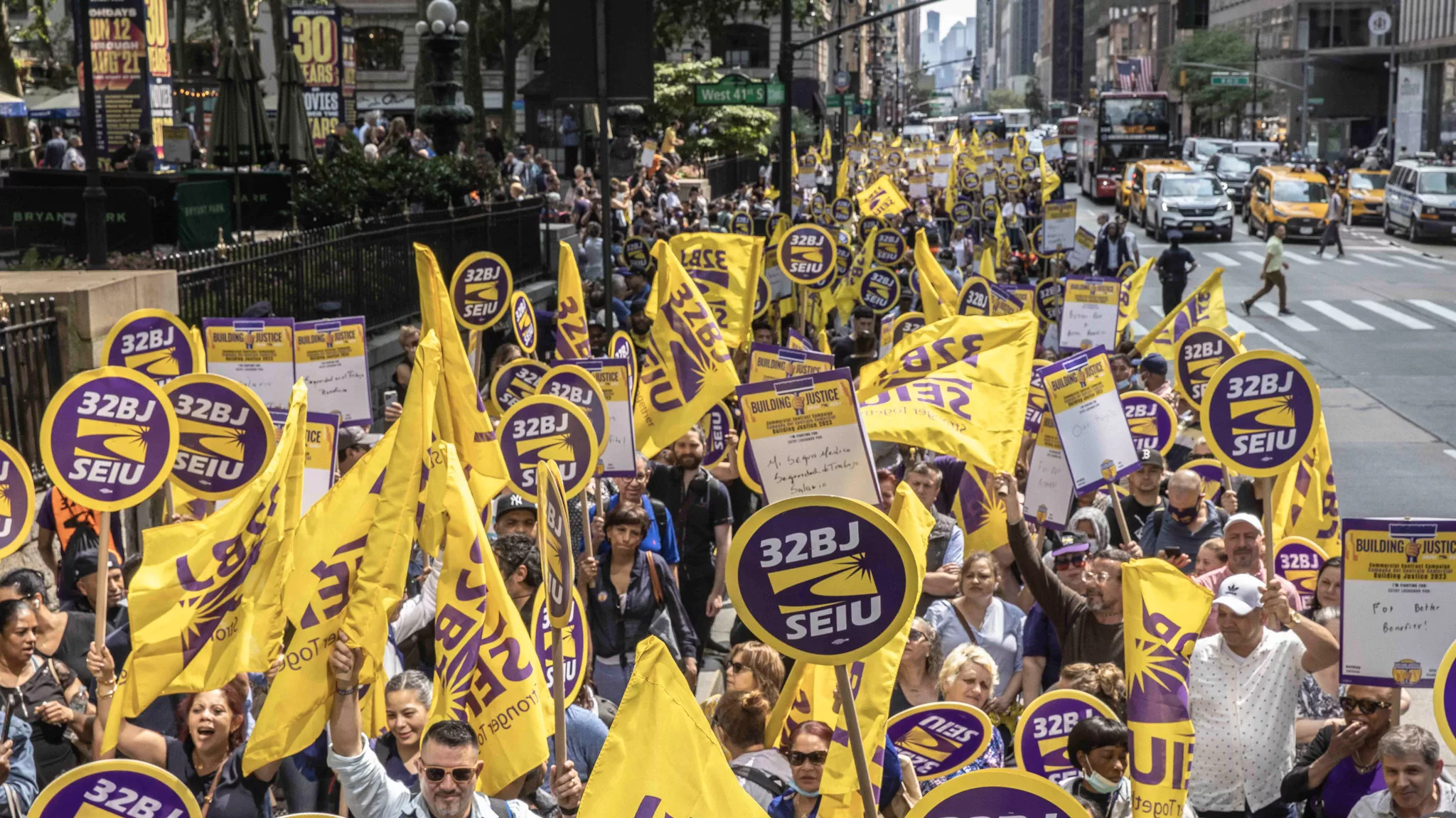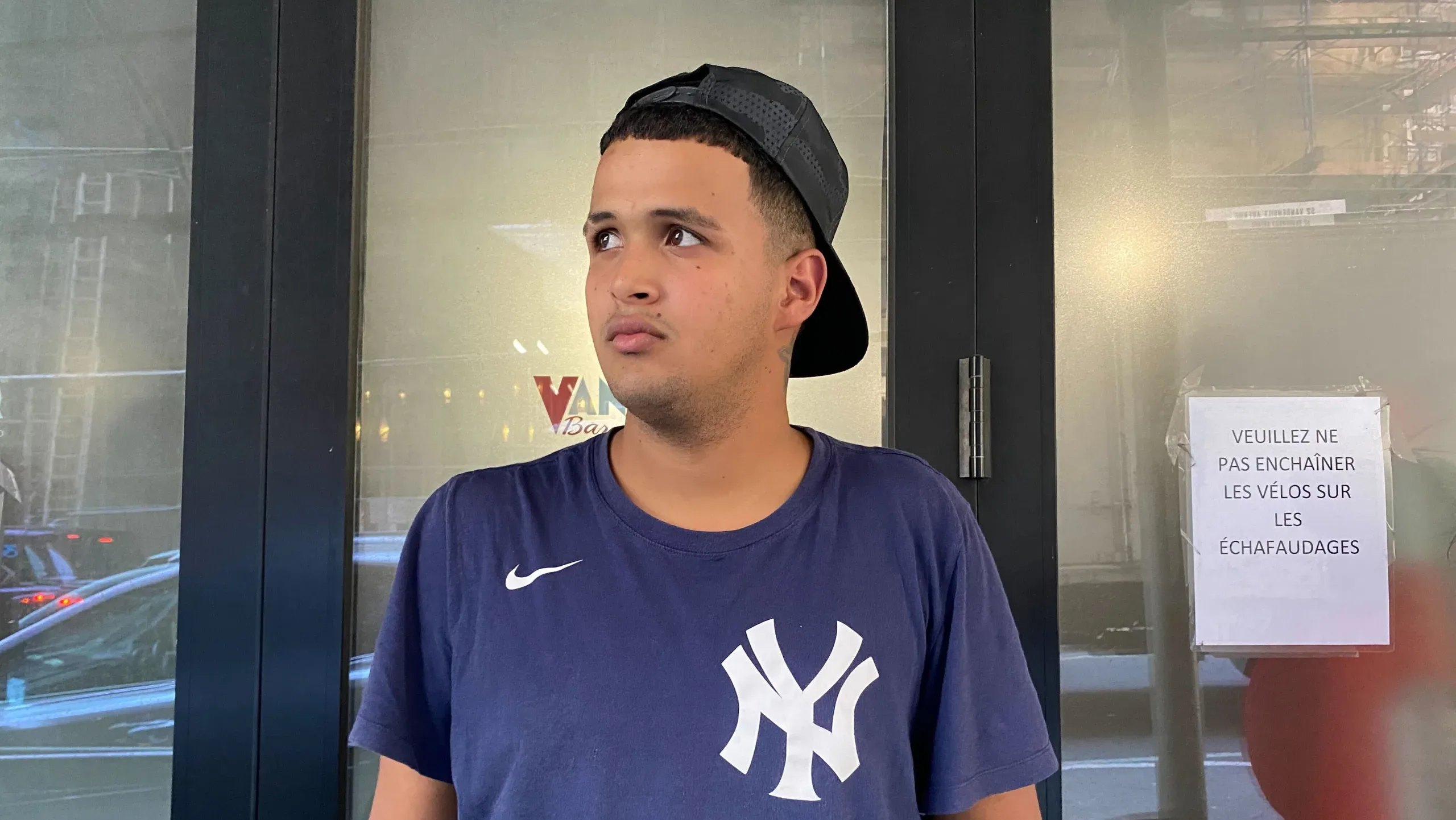A group of legal organizations announced the filing of two lawsuits on Wednesday, claiming that arrests at courthouses by Immigration and Customs Enforcement without a judicial warrant are unconstitutional.
ICE’s courthouse arrests have caused a chilling effect that has scared immigrants out of attending court and is, therefore, a violation of their constitutional rights to access the legal system and New York state law preventing civil arrests at courthouses, the lawsuits claim.
“When ICE targets witnesses and victims for arrests, it deters noncitizens and immigrants from assisting in state and local law enforcement efforts or protecting their own rights in court,” said New York State Attorney General Letitia James said during a press conference announcing the lawsuit in Foley Square.
The Legal Aid Society filed one lawsuit with co-counsel Cleary Gottlieb Steen & Hamilton LLP, which seeks a permanent injunction on the practice. They’re representing a victim of domestic abuse who is afraid to go to court due to ICE’s courthouse arrests.
The New York State Attorney General and Brooklyn District Attorney filed a separate lawsuit that argued the arrests prevent the administration of justice, violate the Administrative Procedures Act and the constitution.
These lawsuits are the culmination of years of pressure by advocacy groups as courthouse arrests by ICE have ramped up significantly under the Trump administration. According to the Immigrant Defense Project, courthouse arrests went up by 1700% from 2016 to 2018. The group recorded 202 ICE operations at courthouses across New York state last year, compared with 11 in 2016, the final year of the Obama administration. The group found that the majority of those arrests took place within the five boroughs.
Documented revealed earlier this year that New York state court officers had in some instances tipped off ICE agents to help them carry out arrests, despite the New York Supreme Court Officers Association denying this previously.
This issue has galvanized both prosecutors and public defenders as the fear of being arrested at a courthouse has prevented immigrants from coming forward to act as witnesses or to attend hearings as a defendant.
“Over the past two years, numerous immigrant victims and witnesses have refused to come forward and assist in our prosecutions out of fear that they’ll be arrested in court by immigration agents, forcing my office to dismiss or reduce serious criminal cases,” said Brooklyn District Attorney Eric Gonzalez.
ICE has defended the policy and claims that it is the safest way to carry out arrests due to New York’s policy of not honoring detainer requests by the federal agency.
“ICE’s enforcement activities at courthouses are consistent with longstanding law enforcement practices nationwide,” a spokesperson for ICE said in a statement. “Courthouse arrest are often necessitated by the unwillingness of jurisdictions to cooperate with ICE in the transfer of custody of aliens from their prisons and jails.”
Advocacy and public pressure convinced the New York State Office of Court Administration to issue a new rule in April that would prevent ICE from entering a courthouse to carry out an arrest without a judicial warrant. ICE typically carried out arrests using administrative warrants that are signed by senior ICE officials as opposed to judicial warrants that require the signature of a judge.
New York state legislatures introduced the Protect Our Courts Act to block ICE courthouse arrests without a judicial warrant. The bill would declare civil arrests of an individual attending a court hearing unlawful but it has stalled in the state legislature.
These lawsuits mark an escalation in the efforts of advocates to end the courthouse arrests. Both lawsuits demand that ICE arrests without a judicial warrant of immigrants while they are coming to, attending or returning from court be halted.
ICE agents generally avoided courthouse arrests prior to 2017 as it was policy to not interfere unless the immigrant was perceived to be a high priority target. In early 2018, the agency issued a directive overturning that policy and removing any limitations on carrying out arrests at courthouses.
In their lawsuit, the attorney general and Brooklyn District Attorney argue that this directive was unlawful as it’s in breach of common law that protects any New York resident from a civil arrest while attending court. They also claim that it is unconstitutional under New York state’s rights to control its own courts.
An individual referred to as John Doe is an individual plaintiff in Legal Aid’s lawsuit. Doe is a citizen of Venezuela and Spain who came to New York four years ago, according to the complaint. Doe is undocumented and required an order of protection from his abusive former partner, which would require going to family court. His fear of being arrested by ICE has prevented him from filing the order. The lawsuit claims that this prevents Doe from exercising his constitutional rights under the first, fifth and sixth amendment.
The lawsuit also argues that Congress protects undocumented immigrants in state courthouses as several forms of immigration relief require undocumented immigrants to receive orders from state courts. For instance, someone applying for relief under the Violence Against Women Act, which allows undocumented victims of domestic violence to get green cards, would need to receive an order of protection from family court, similar to John Doe. The same could be said for U-Visas, for victims of crimes, and T-visas, for victims of human trafficking, both of which often require documentation from state courts.
Legal Aid’s lawsuit also includes immigrant advocacy groups Make the Road, The Urban Justice Center, Sanctuary for Families, The Door, New York Immigration Coalition, who all claim that the arrests harm their ability to represent and counsel their members. They argue that courthouse arrests violate immigrants’ constitutional right to access to the legal system.
